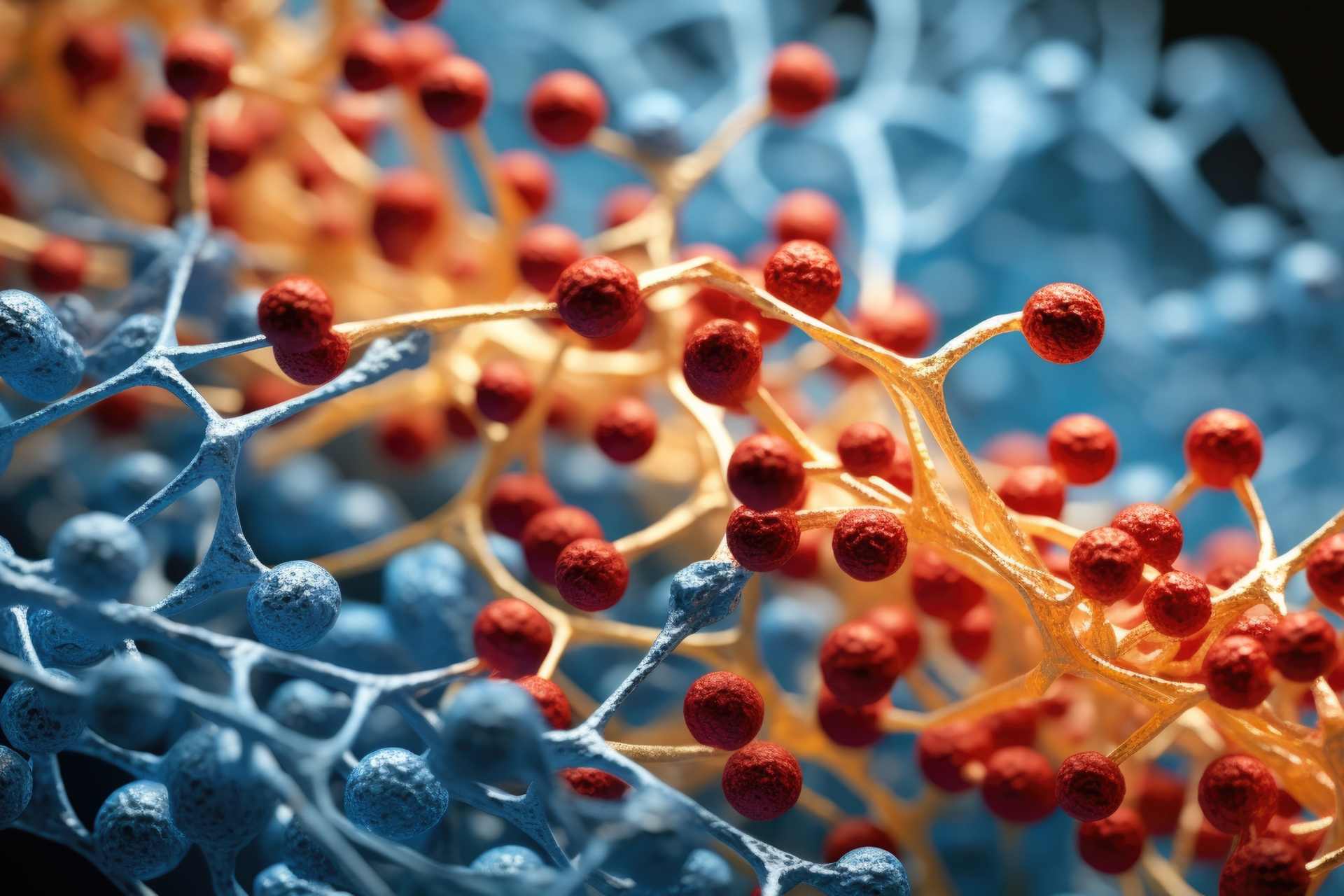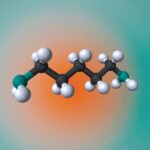A study, published in Natural Structural & Molecular Biology (Springer Nature), introduces DQGlyco, opening the door to a better understanding of the complexity of glycosylation regulation. By identifying over 177,000 unique N-glycopeptides, DQGlyco allows precise quantification of glycopeptide changes and highlights how the gut microbiome may influence brain protein function.
Protein glycosylation is when sugar molecules are strongly linked to amino acids. This mechanism affects key biological processes such as cell signaling, cell adhesion, and endocytosis. With over 200 enzymes involved, the variants based on composition and structure are numerous. Errors in the process can impact protein functions. However, there is a lack of highly selective enrichment strategies and high-throughput quantitative approaches for precise glycosylation tracking.
To meet this need, the researchers developed a new strategy called “Deep quantitative glycoprofiling” (DQGlyco) to investigate the glycosylation dynamics in human cells treated with a fucosylation inhibitor and in the brains of mice colonised with defined gut microbiomes. Indeed, while the gut microbiome’s composition impacts behaviour and brain physiology, the molecular mechanisms remain unclear.
The new glycoproteomics workflow increased the detection of unique N-glycopeptides by 60% in a standard mixture. DQGlyco enabled high-throughput sample preparation and enrichment of hundreds of samples per day, with enrichment selectivity exceeding 90% for all samples.
Deep glycoproteome analysis in mouse brain
Applying the strategy to a more complex system, like a mouse brain, a deeper glycoproteome analysis was achieved.
N-glycosylation:
- DQGlyco enabled the identification of 177,198 unique N-glycopeptides and 8,245 N-glycosites on 3,741 N-glycoproteins, a 25-fold improvement compared to current N-glycoproteomics studies.
- The majority of identified glycoforms were on plasma membrane or extracellular proteins.
- 332 new glycoproteins were identified, highlighting the sensitivity of the method
- N-glycans identification was in line with different enrichment strategies, suggesting a low enrichment bias toward specific glycopeptides
O-glycosylation:
- the method identified 32,287 O-glycopeptides on 3,450 O-glycoproteins in mouse brain samples, demonstrating an extensive characterisation of intact O-glycosylation in mammalian tissue
- Over 494 unique O-glycan compositions were identified, showing structural diversity
- Intracellular proteins were predominantly modified by N-acetylglucosamine (GlcNAc), while N-glycans were predominantly modified by GlcNAc, suggesting distinct regulatory mechanisms for N- and O-glycosylation.
Glycosylation heterogeneity
Focusing on glycosylation heterogeneity, different sites on the same protein showed a substantial variation in microheterogeneity, more than in the whole glycoproteome.
- The diversity is site-specific, with an average of 17.4 glycoforms per site.
- No correlation between the number of glycosites per protein or glycoforms per site and the abundance of the respective protein.
- Nearly half of the sites modified by only one glycoform were found to be modified by high mannose, implying that these sites are subjected to a low number of processing events.
- The distribution of N-glycosylation classes varied between human cell lines and mouse brain, suggesting differences in the regulation of glycosylation processes.
- O-glycosylation and phosphorylation often co-occur on the same protein regions, resulting in posttranslational modification crosstalk.
- Around 25% of O-glycosylated peptides were previously reported to be phosphorylated, independent of glycan mass and composition.
- The model discriminated between sites of low and high microheterogeneity, like bends and turns
- Extracellular glycosites showed a larger extent of glycan microheterogeneity than their cytoplasmic counterparts on the same proteins, suggesting subcellular differences
Glycoform distributions in cells and tissue
The complexity of the glycosylation pathways makes it quite impossible to predict the composition of mature glycans, and glycoforms of any composition or structure could potentially be surface-exposed in cells.
In this study, researchers identified 3,990 glycopeptides on 826 sites and 513 proteins in intact living human HEK293 cells showing significant changes in abundance based on the enzyme. Not only that.
- High-mannose glycoforms were generally less surface exposed, while most fucosylated or sialylated glycoforms were often at the surface
- Sites with at least two high-mannose surface-exposed glycoforms were generally less accessible
Was this heterogeneity reflected at the tissue level? It looks like it. Indeed, the overall mouse brain, liver and kidney showed distinct glycoproteomes while maintaining high consistency within the same tissue. In particular:
- The liver glycoproteome showed the highest variability across mice
- Glycosylation sites with high tissue specificity were significantly enriched in protein domains crucial for cell adhesion, cell signalling, and immunity
Focusing on the brain, quantitative glycoproteomics was performed to determine the biophysical properties of over 30,000 glycoforms. From this:
- High-mannose glycoforms were more soluble than processed glycans, cadherin-13 protein in particular, maybe because of the interactions with the extracellular matrix.
- Different glycoforms at the same site vary in solubility, indicating that glycosylation microheterogeneity impacts protein states
- Most glycosylations tend to influence protein solubility in the same direction
Gut microbiome modulates the mouse brain glycoproteome
The gut microbiome composition can impact brain development and function via the gut-brain axis by nervous or chemical signalling. Glycosylation, a crucial component of neuronal functions, is enriched in mitochondrial proteins and could be linked to the axis.
Therefore, researchers assessed the impact of different gut microbiome compositions on the brain proteome and glycocoproteome, finding significant changes in protein abundance and glycoform levels in three groups of six adult germ-free mice. Additionally, the thermal proteome profiling allowed the understanding of the impact of gut colonisation on the brain proteome of adult mice. Many proteins involved in axon guidance and neuronal migration showed changes in glycosylation and thermal stability after microbiome colonisation when compared to germ-free models.
The glycosylation changes seem to be site-specific. Indeed, glycoforms at the same site, independently of glycan composition, tended to change in abundance in the same direction, suggesting a regulation of the overall level of glycosylation of specific glycosites.
In conclusion
This study highlights a significant link between site glycosylation microheterogeneity and protein states in mouse tissues and human cell lines.
Through an innovative strategy, DQGlyco, it was possible to achieve quantitative and comprehensive analyses of protein glycoforms across a large number and variety of samples. The discovery of tissue-specific glycosites opens paths for exploring the roles of glycosylation in modulating protein activity across diverse tissues. The study also supports the impact of the gut microbiome on brain glycosylation and the potential of site-specific modulations in glycosylation.









